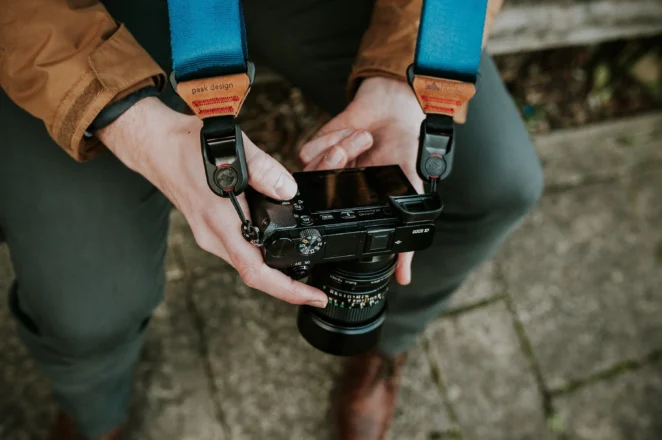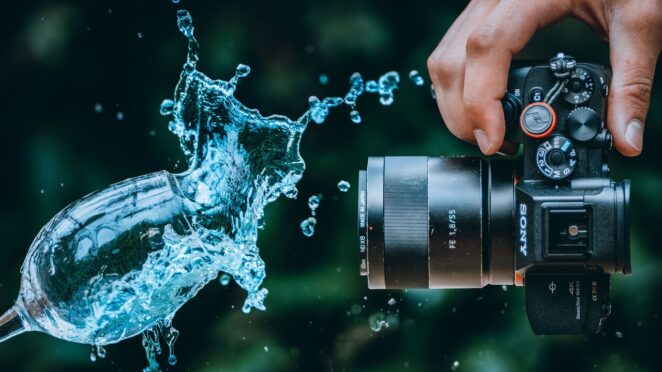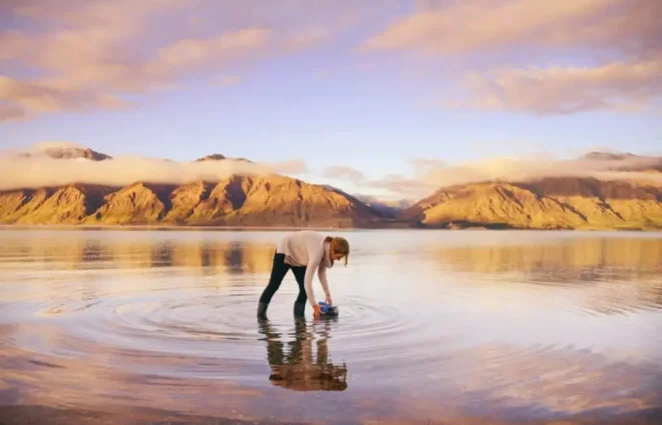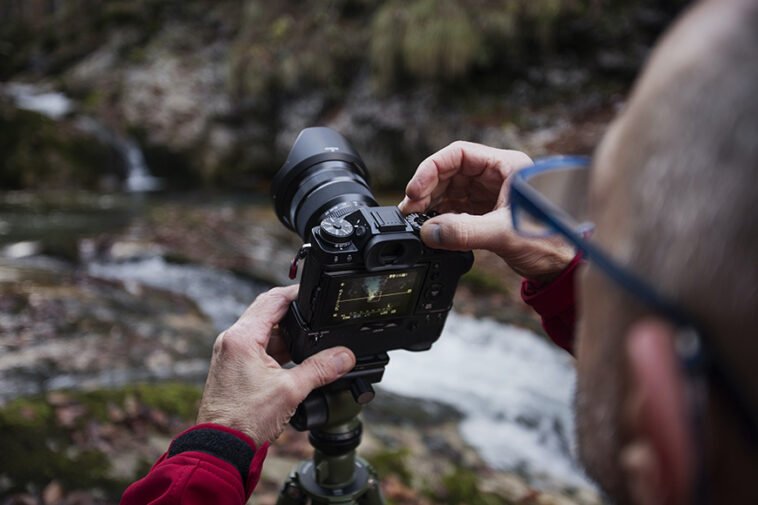Photography is so much more than taking out your camera and snapping a few images and calling it a day. It takes so much to make that one perfect art or wildlife photo that will be featured somewhere or that you can cash in if you like.
With the advancement of technology and the lower costs for pro and semi-pro equipment used in photography, more and more people started making stunning images and taking up fine art photography as an additional income job or even a full-time job and profession. Today we have so many self-thought photographers making stunning photos you really wouldn’t believe. If you wonder if it is easy, it isn’t. buying equipment and learning essentials about it is easy, everything else takes time and takes a lot of research and learning.
Today we decided to share some of the insights and tips regarding fine art nature photography that is coming straight from people like you and me – self-taught photographers who decided that this will be their thing. Stick with us till the end, read what we and others have to tell you and in no time you will become a successful fine art landscape photographer.

1. Change perspectives
What makes an ordinary photo, a snapshot a fine art photo? It does have to do a lot with post-processing and fiddling with the image, but it also has to do with you and your perspective. Most of us, taking images of nature or wildlife have somewhat regular perspectives. Standing up is the most usual one and it can produce a nice photo, but changing your perspective can play a huge role and difference between “just a snapshot” and a fine art photo. This is what most self-thought photographers advise to do instantly and you will see a huge difference. Change your perspective, crouch, lower the camera, change the angle, and lay down on the ground if needed. Change things up a bit and you will see a huge change in the overall quality of the image, as well as the possibilities that open up in post-processing.
2. There are no limitations
When it comes to fine art photography, it is not genre-specific, it is not style specific and it most definitely isn’t quality specific. Most self-thought photographers will tell you immediately that fine art is, like everything in life, all about the intent. What was your intention behind a specific image, what is your intention when you are trying to create that one specific photo? When it comes to photography education it is all about getting good with your camera, and technical aspects while you miss out on this artistic thought process. Making photographs that are meaningful to us will be more appealing and will resonate with people more than just a regular try-hard photo that you want to cash in on. Doing this will mean you will become generic and start hunting for the most generic-looking scenes and wildlife that you think plenty will like. Start making a story and start translating an idea behind your photographs and you will see the change in appeal of your work.

3. Focus on what is around you
Taking nature photographs might mean you have to look in front of you a lot but it also means that your immediate attention needs to be on your close surroundings as well. This especially goes if you are making images capturing a wider and further scene. Sometimes things in your close vicinity may be interesting as well or even more interesting than what you just snapped. Take a look at trees, stones, sand and other things around you and try to find the beauty in them. Colour contrasts and shadows are little details that may turn up to be an awesome fine art, especially if you couple them with a wider vista. Look for the shapes, lines tones colours and you will see that even the smallest things, and most like overseen things may turn out to be a perfect fine art photo.
4. How to start
Most of us have an issue regarding the beginning of our journey. We have trouble starting and if you are one of those and don’t know how to make an emotion with your image, or how to tell a story with one, choose a project that you can dive into. now you can go wildlife or you can go landscape or anything else, but make sure that you chose something that you are familiar with more than others. Start taking photos of your local area, town or countryside, if you choose to landscape, and tell a story about that. It will go great because no one knows that part of your surroundings better than you and no one could tell a story about that particular space better than you in that specific visual way. If this isn’t your cup of tea, then you can find topics online regarding photographs and focus on that. Share your images in groups and among friends to get as much feedback as possible and to see what areas needs improving or which are just good as they are now.

5. Don’t be hard on yourself
This last thing is very important. If you think that every fine art photographer always gets that one or two perfect photos every time they decide to create you are kidding yourself. Self-taught, beginner or professional, it doesn’t matter, there is no perfect photo all the time, every time. No one can win and cash in every single time which is why forgiving yourself and not being hard on yourself is very important here. If you don’t get the shots right here right now, move on to another shot, the next day, and the next day and so on until you get it. Keep doing it, enjoy the journey and eventually, you will start capturing something you want, like and above all need in your life. Be easy, set obtainable goals, one image a month is all you need and it is more than needed to motivate you further and keep you pushing on.
Thanks for sticking with us this far, best of luck in your future work, and try and remember some of these tips along the way. They will help you and they are easily built upon as you progress. Some of them are key, and some of them will help you get started. No matter if you take in one or all of them we are glad if we managed to help in any possible way.




